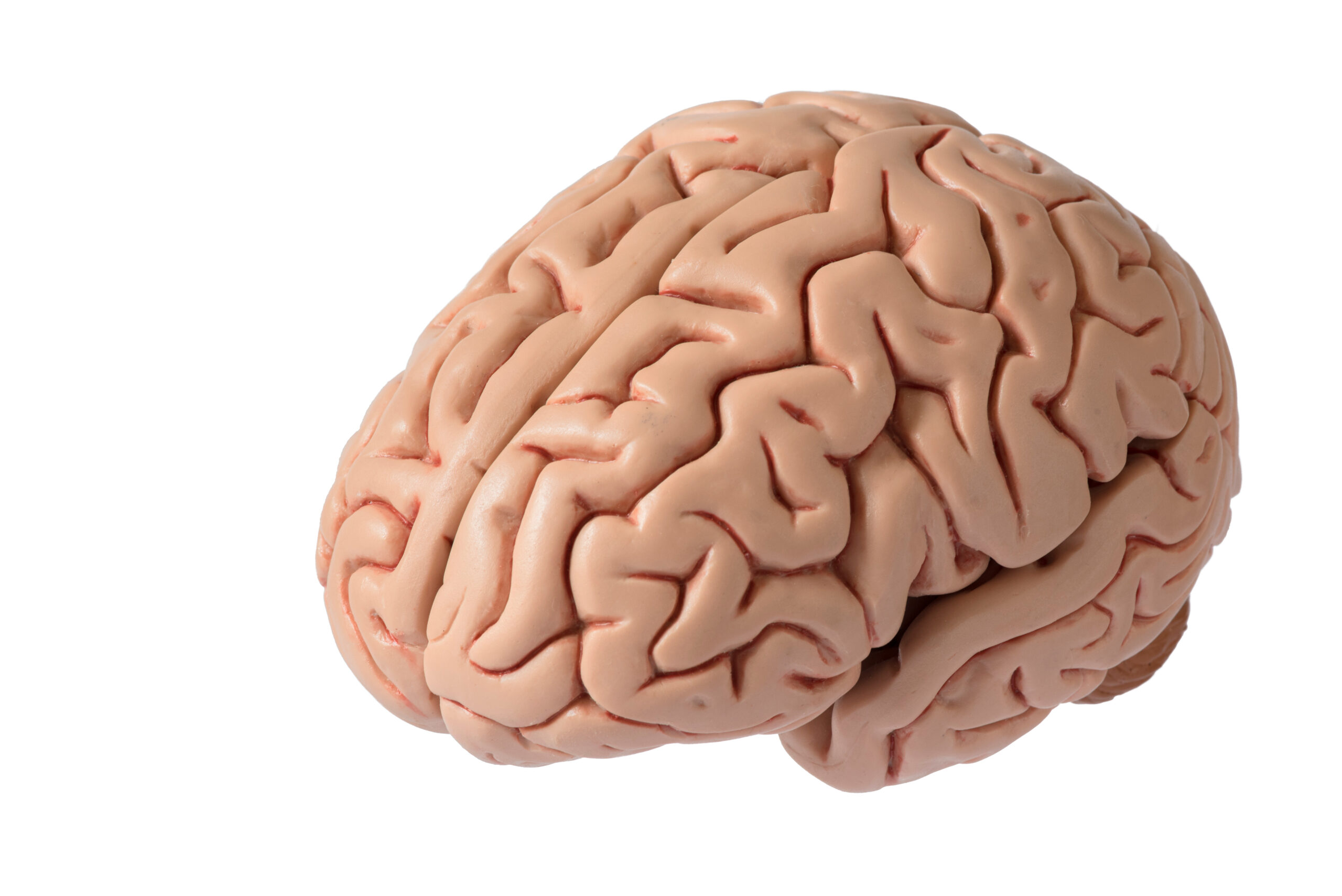Why Your Fear of Needles Ties to Amygdala Hyperactivity Patterns
### Why Your Fear of Needles Ties to Amygdala Hyperactivity
Have you ever felt a surge of anxiety or fear when you see a needle? This common phobia, known as trypanophobia, is more than just a simple fear. It’s deeply rooted in the way our brain processes emotions, particularly through a part of the brain called the amygdala.
### What is the Amygdala?
The amygdala is a small almond-shaped structure located in the brain. It plays a crucial role in processing emotions, especially fear and anxiety. When we encounter something that might be threatening, the amygdala quickly springs into action, preparing our body to either fight or flee. This response is triggered by the release of stress hormones like adrenaline, which prepares our muscles for action and increases our heart rate and blood pressure.
### How Does the Amygdala Contribute to Fear?
Imagine you’re walking through a dark forest and suddenly hear a rustling in the bushes. Your amygdala quickly recognizes this as a potential threat and sends a signal to your brain to prepare for danger. This process happens so fast that you might not even realize it’s happening. The amygdala’s role in fear is so critical that even if you’re not consciously aware of the danger, your body will still react as if you are.
### The Connection to Needles
Now, let’s apply this to your fear of needles. When you see a needle, your brain might interpret it as a potential threat, even if it’s just for a routine medical procedure. The amygdala recognizes the needle as something that could cause pain or discomfort, and it sends a signal to your body to prepare for stress. This can lead to a range of physical symptoms like a racing heart, sweating, and trembling.
### Why Does the Amygdala Overreact?
In some cases, the amygdala can overreact to certain stimuli, leading to an exaggerated fear response. This overactivity can be influenced by past experiences, genetics, and even environmental factors. For example, if you had a traumatic experience involving needles in the past, your amygdala might be more prone to overreacting to the sight of a needle.
### Can We Change This Response?
Yes, it is possible to change how your amygdala responds to fear-inducing stimuli. Techniques like meditation and cognitive behavioral therapy (CBT) can help you manage your fear by teaching you to recognize and control your emotional responses. Additionally, exposure therapy, where you gradually become comfortable with the feared object (in this case, needles), can also help reduce the amygdala’s hyperactivity over time.
### Conclusion
Your fear of needles is not just a simple phobia; it’s a complex emotional response rooted in the amygdala’s hyperactivity. Understanding how the amygdala processes fear can help you better manage your phobias and develop strategies to overcome them. By recognizing the role of the amygdala in your emotional responses, you can take steps towards a more controlled and less fearful life.





